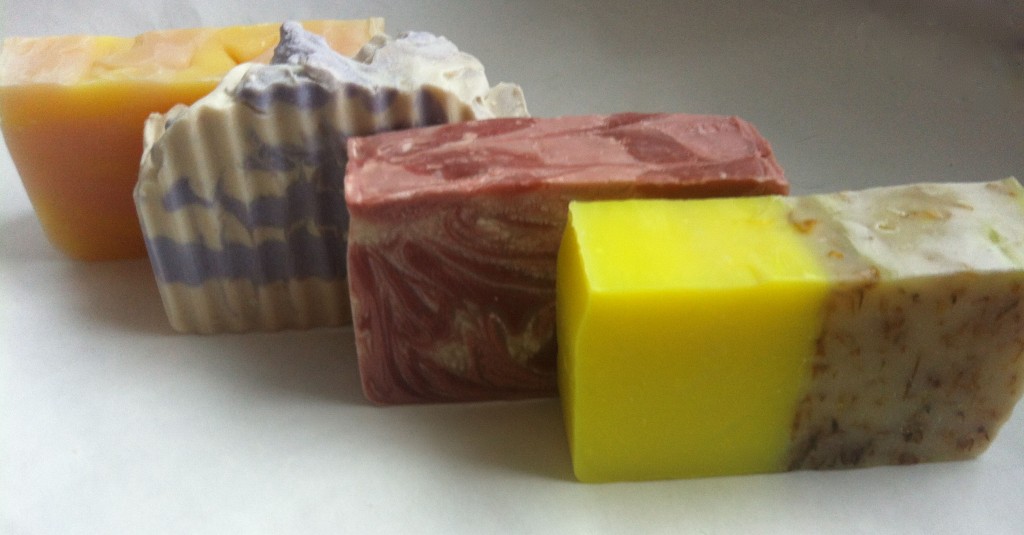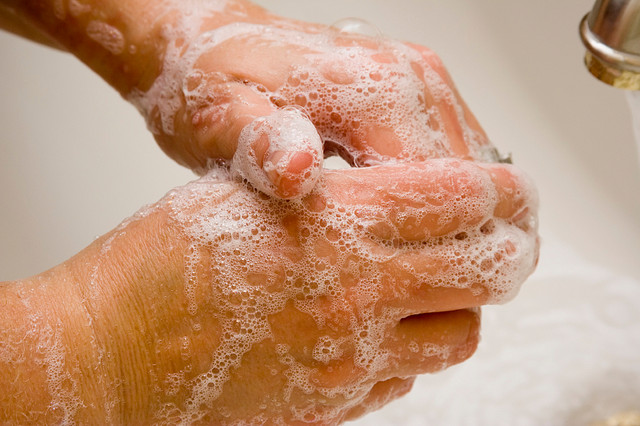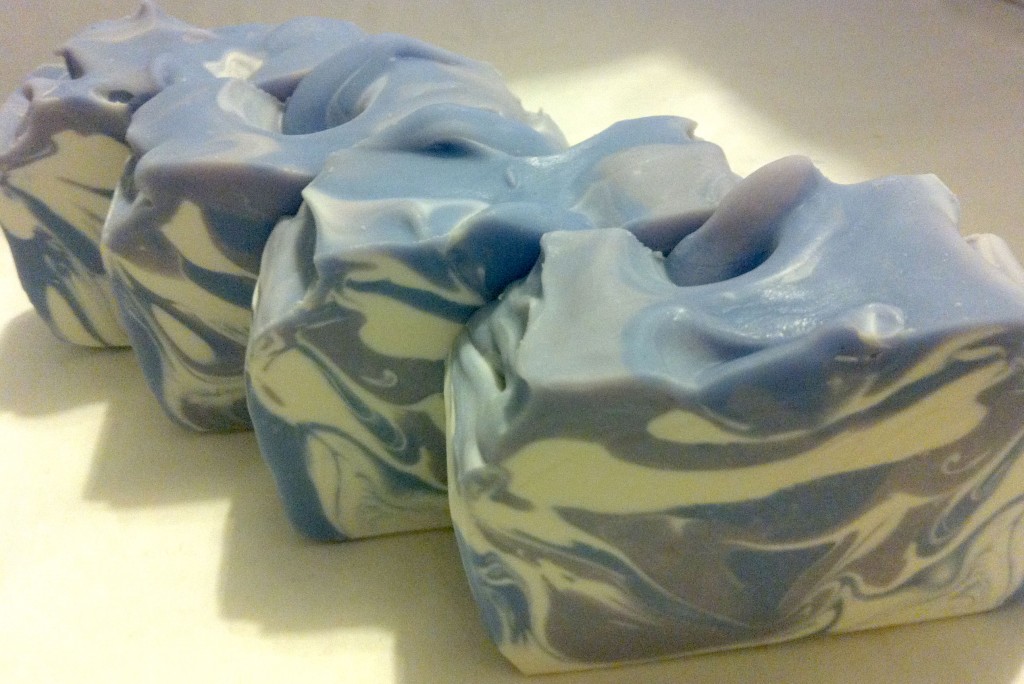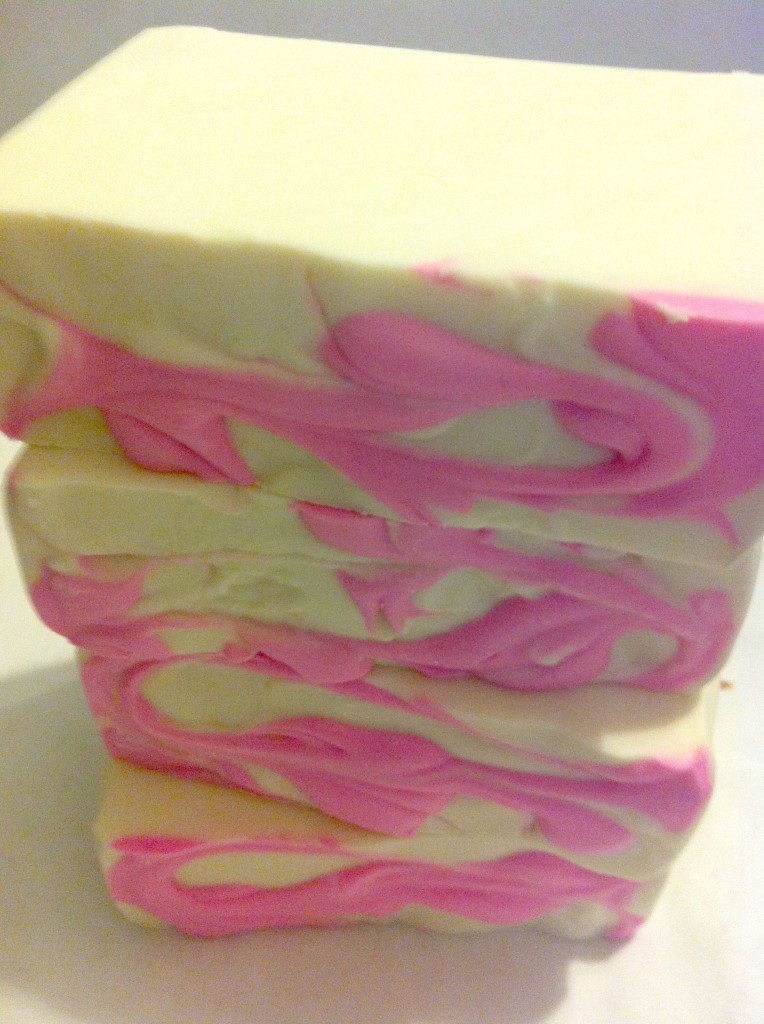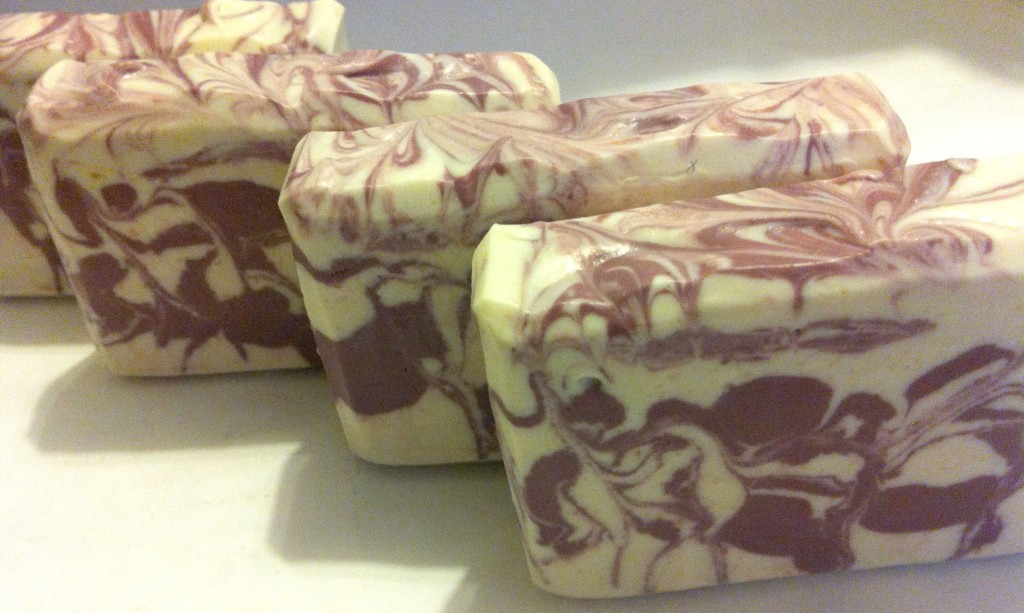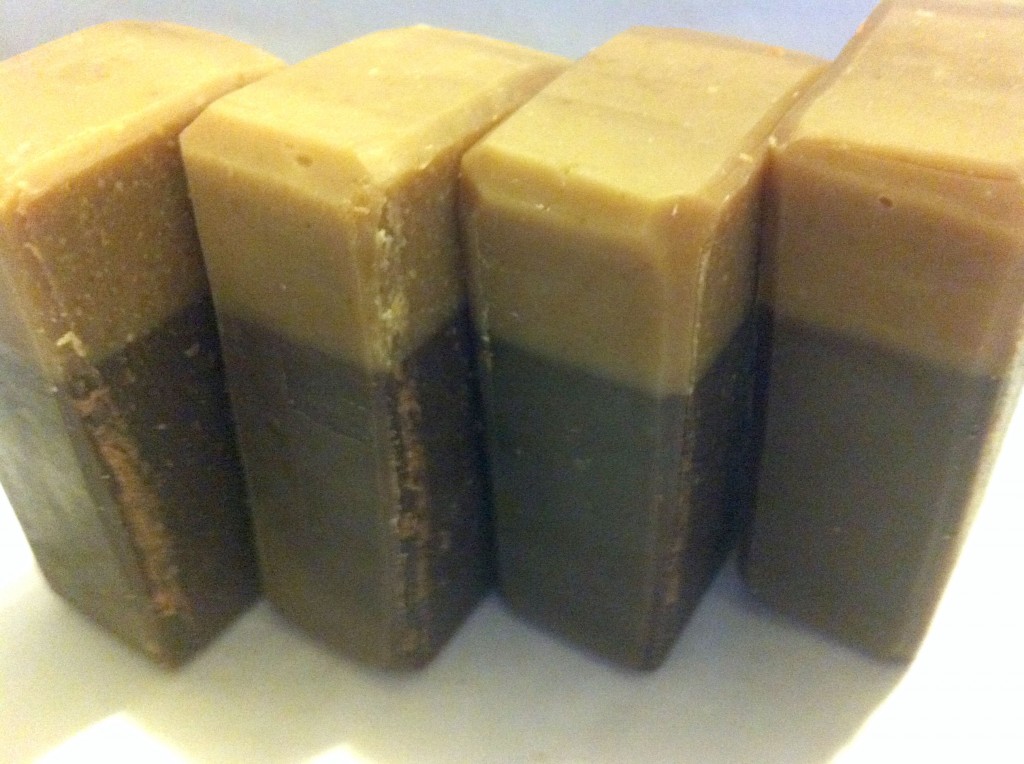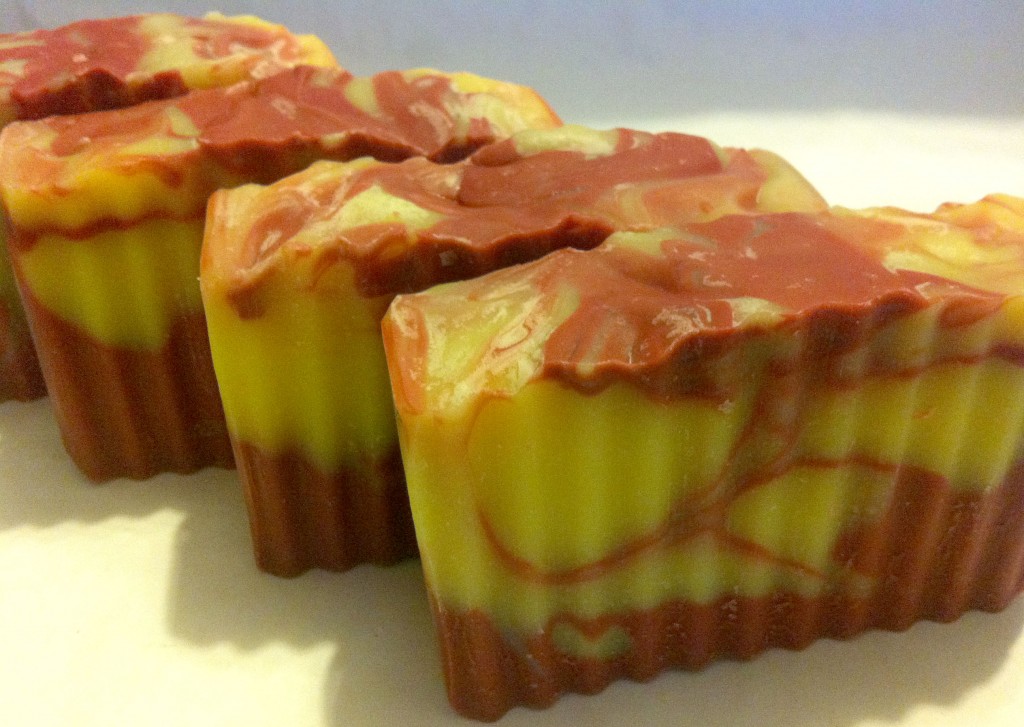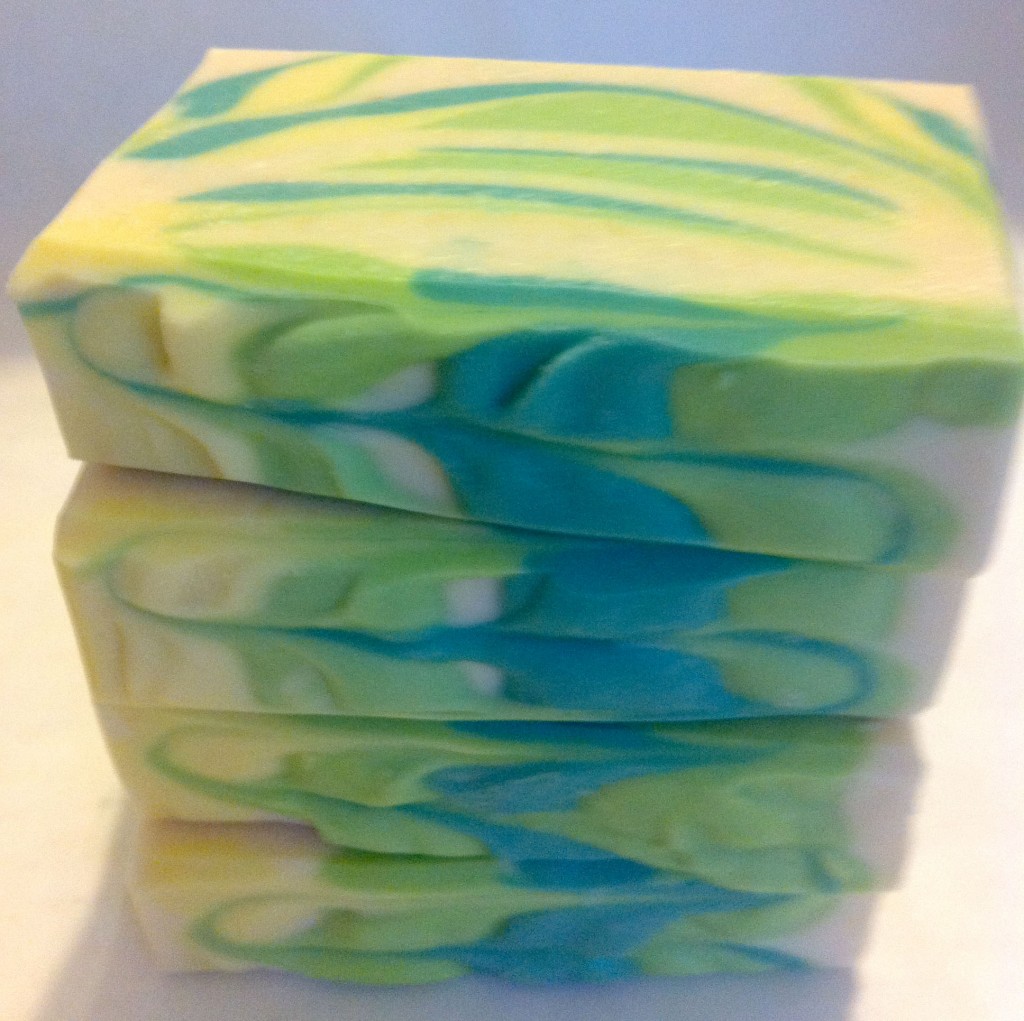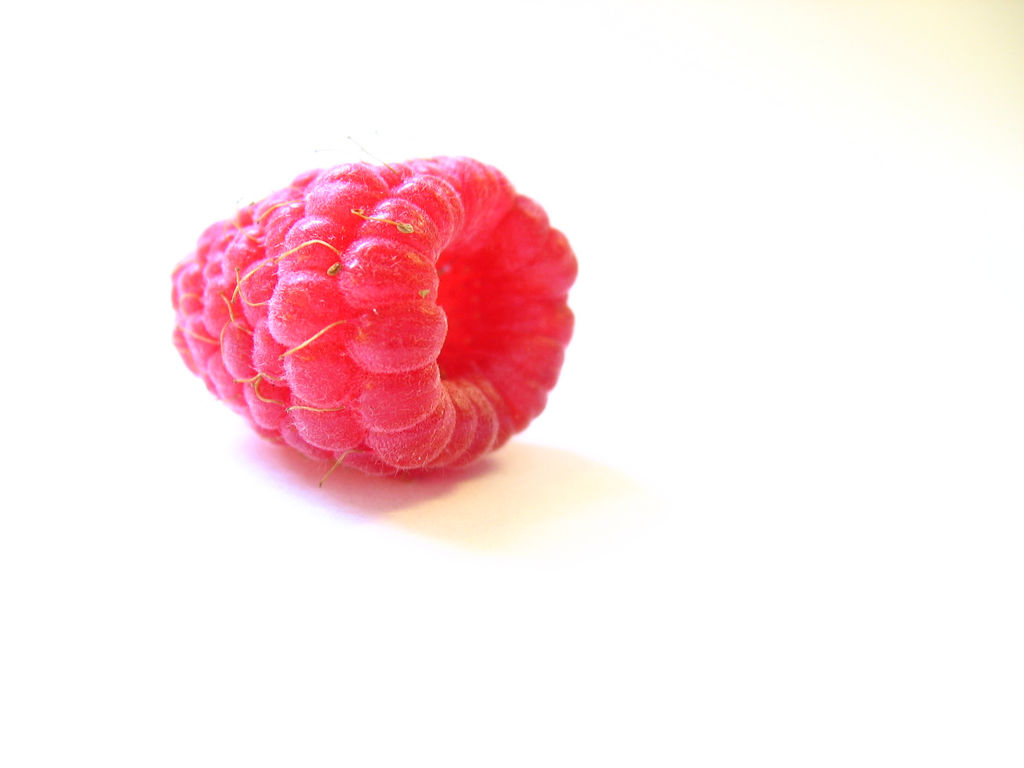 I have to admit I have a personal preference for two types of soap: lavender-scented and food-scented. I don’t go in for the perfumy soaps as much, though I do make them and enjoy them. My favorites—the ones I can’t stop smelling myself while they’re out on the curing racks—are the foodie ones.
I have to admit I have a personal preference for two types of soap: lavender-scented and food-scented. I don’t go in for the perfumy soaps as much, though I do make them and enjoy them. My favorites—the ones I can’t stop smelling myself while they’re out on the curing racks—are the foodie ones.
Back when I regularly bought Bath and Body Works, my absolute favorite scent was Sun-Ripened Raspberry. I also love their Warm Vanilla Sugar for winter. In fact, I love most of Bath and Body Works’ foodie scents. I also liked their Velvet Tuberose and Japanese Cherry Blossom, which are floral scents, but for the most part, the kinds of scents I tend to like best are berry scents or vanilla scents.
The last issue of Saponifier had a great interview of Jo Lasky by Beth Byrne called “Creating a Scentsational Product Line.” Jo covers a great deal of ground in the interview, including what happens in the olfactory receptor neuron and the brain when we smell an aroma, the difference between fragrance oils and essential oils, the top ten list of best-selling scents for 2012 as voted by readers and her thoughts as to why those scents moved more products, fragrance trends, and advice for soap/candle/bath suppliers looking to put together an appealing scent line. If you are soapmaker, it’s worth the price of the magazine subscription to access this article alone.
For the first time since the inception of the annual survey of top ten best-selling fragrances, lavender was not number one in 2012—it was vanilla.
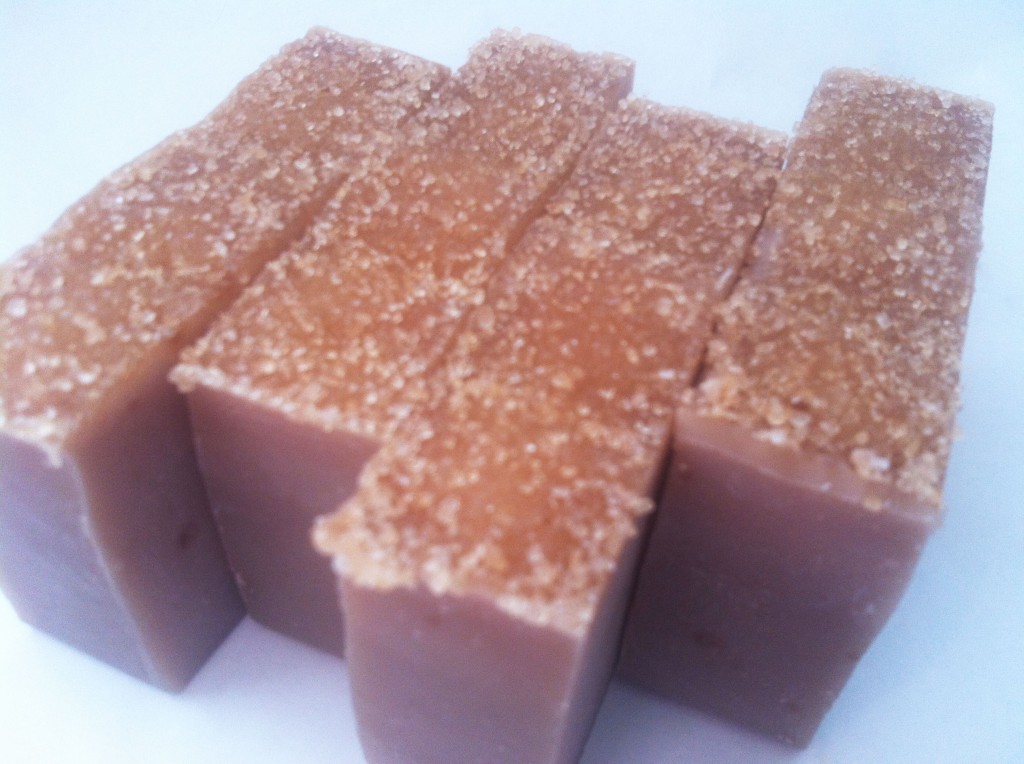
I found this revelation interesting, particularly as vanilla products seem to be gaining more traction in recent years in stores like Bath and Body Works than some of their traditional scents. Sun-Ripened Raspberry used to be one of their most popular fragrances, if not the most popular of all, but it has been discontinued in stores and is now only available for purchase online. My personal opinion is that it was replaced with Black Raspberry Vanilla, which has a similar scent, but with the vanilla base, which also eventually went to “online exclusive” only. Bath and Body Works’ website reports the following are their most popular scents (they do not specify if this is in order, but it is probably not because the list is alphabetical):
- Aruba Coconut
- Bali Mango
- Berry Flirt
- Daisy Dreamgirl
- Forever Red
- Honey Sweetheart
- Japanese Cherry Blossom
- Moonlight Path
- Rio Rumberry
- Sweet Pea
- Warm Vanilla Sugar
Of the scents on this list, my guess is that Berry Flirt is probably the closest to Sun-Ripened Raspberry because it is described as a blend of red berries and blond woods. However, I haven’t smelled it, so I can’t be sure it’s close at all. I am not surprised to see Japanese Cherry Blossom on the list, as it has been a good seller for a few years now. I am surprised that of the rest of the list, the only ones I’m familiar with at all are Sweet Pea and Warm Vanilla Sugar.
I am sure Bath and Body Works likes to change up their scent line so that they can stay fresh and competitive, but I have always thought they risk alienating customers when they do away with popular scents, which they seem to do regularly. I have certainly found that aspect of their business model frustrating. On the other hand, who is to say that my notion of what was popular was actually moving off their shelves? They may be discontinuing scents I like, but that others don’t seem to buy.
If you are trying to decide which scents to use, it is a good idea to do your own market research. Make products that appeal to you and watch to see how they move. Keep track of which scents are requested. My biggest mover is Lemongrass Sage. I was recently asked if I did a lavender scent, but at the time, I hadn’t used it. I now have two different lavender soaps—Provence and Lavender Spearmint. Take stock of those scents that people request, and watch what moves in bath and body stores like Bath and Body Works, Victoria’s Secret, and Lush, but ultimately, use your own common sense as a guide. I think a great deal of success in soapmaking depends on your own intuition about what kinds of oils to use, what kinds of fragrances, and what kinds of designs will work. I also think you tend to create more loyal customers than big bath and body stores, and they will seek out their favorite products over novelty.
I know of some soapmakers who eschew fragrances, but given the popularity of scent in soaps, I would recommend treading very carefully if you choose not to use a fragrance at all. The first thing people do when they see my soaps out on display is pick them up and smell them. I do the same thing when shopping for handmade soap. It definitely makes it tougher to move soap online—obviously customers can’t smell soaps in my Etsy store, but I think there are some smart techniques soapers can use to increase online sales. Celine Blacow’s videos seem to help her move products. I know watching a video about the making of the very soap I bought is a little bit exciting. As soon as I can make my work area presentable, it’s something I’d like to try. I just ordered some Lavender Song and Adam and Eve soap from Celine, and I can’t wait for it to arrive. I so enjoyed both of the “making of” videos, particularly Lavender Song, which I have watched several times now.
I also think that sometimes customers don’t know what they want until you make it. Steve Jobs famously said, “[F]or something this complicated, it’s really hard to design products by focus groups. A lot of times, people don’t know what they want until you show it to them.” This is true of soap, too. Customers might not think about a certain fragrance as something they’d like, but if they smell it, they like it, or if your description on your online store or video is good enough, their interest is piqued to try it.
Ultimately, I think as a soapmaker, choosing a scent I like is part of the artistry, and though I pay close attention to what my customers like, I tend to make soaps that I know I will like. However, I highly recommend reading Beth Byrne’s article, and think about designing a product line with the most popular scents.

